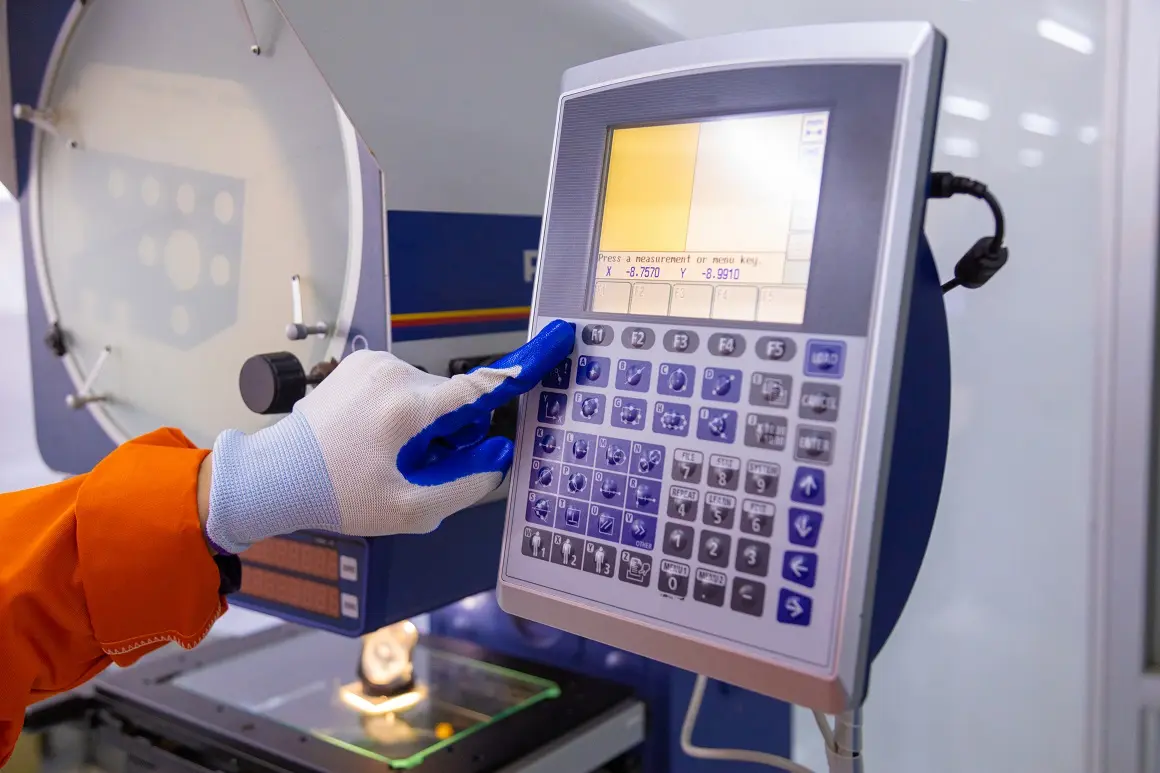
Membrane switches are an integral part of numerous electronic devices we use daily. Creating reliable membrane switches requires careful consideration and expertise in electrical engineering. In this article, we’re diving into tips and tricks to enhance the reliability and functionality of your membrane switches.

1. Understanding the Basics
Start by grasping the fundamental components and operation principles of membrane switches. Understanding these basics ensures a solid foundation for the design process. A membrane switch essentially consists of several layers composing an interface between the user and an electronic device. Membrane switches provide a low-profile and flexible alternative to traditional mechanical switches, which is particularly useful for compact devices like medical instruments and industrial machinery.
Membrane switches may include multiple layers such as graphic overlays, adhesive, spacing, and circuit layers. Each layer plays its part in ensuring functionality, durability, and user-friendliness. The graphical interface guides users visually, while tactile feedback mechanisms, such as tactile dome switches, enhance interaction by providing physical confirmation upon actuation. This sensory feedback is critical for both precision and satisfaction when engaging with the device.
2. Material Selection Matters
Choosing the right materials for your switches is crucial. Consider factors such as durability, flexibility, and cost-effectiveness to meet specific application needs. Starting with overlays, materials like polyester and polycarbonate are popular due to their resistance to temperature fluctuations and chemical exposure. Moreover, selecting an appropriate adhesive is critical to ensure the layers remain intact under varying conditions. Here, scalability in tear-resistance and flexibility come into play to optimize the switch’s lifespan.
The conductive materials used in creating circuit layers are equally important. Silver-based inks are common for their conductive properties, but carbon-based inks can be more cost-effective depending on the application’s electrical demands. Prioritizing conductive elements enhances reliability and expands potential functionalities. Yet, bear in mind the caliber of adhesion and layering balance maintains the integrity of each switch during mass production and regular use.
3. Optimizing Circuit Design
Circuit design plays a pivotal role in switch reliability. Focus on minimizing parasitic resistance and ensuring efficient electrical connections. Designing with simplicity in mind helps reduce resistance and improve current flow across the membrane. Carefully route your circuit paths to prevent any overlaps which could lead to shorts or circuit damages.
Another crucial aspect is the implementation of environmental resilience features. Protective components can be incorporated, such as providing insulative layers to avoid static discharge. Additionally, matching circuit design with the prospective power source will help circumvent electrical inefficiencies. Lastly, implementing a structured testing cycle will ensure that these optimizations hold under actual operating conditions, thereby cementing the switch’s reliability for end-users.
4. The Role of Adhesives
Adhesives ensure that layers of the membrane are securely bonded. Select adhesives that offer longevity and resistance to environmental conditions. It’s critical to understand the operating context of each switch to choose the best adhesive solution. In humid environments, opt for adhesives that resist moisture absorption. Conversely, high-temperature conditions might require thermally stable adhesives that retain their bond under heat.
Adhesive distribution within the switch layers also needs precise calculation to avoid adding unnecessary thickness or restricting flexibility. Mechanical reliability and operational integrity can be ensured by proper adhesive application, which also sustains the quality across high-volume production lines. Keep in mind that choosing adhesives should align with the installation method, as proper adhesive selection smoothens both assembly and user interaction phases of the switch.
5. Customizing for User Experience
Tailor the tactile feedback and responsiveness of the membrane switch to enhance user experience. This customization improves usability and customer satisfaction. Tactile dome arrays, such as RSP’s dome switches, can be configured to deliver varying levels of force feedback, offering users a more intuitive interaction with their devices.
Additionally, consider integrating visual feedback into the switch design. This can be achieved through LED indicators or backlighting, giving visual confirmation along with tactile sensation. Be considerate of users who may operate switches under poor lighting conditions, where visual cues complement the tactile feedback for better interaction. Together, these elements elevate the overall user interface, making it intuitive and enjoyable to use.
6. Ensuring Environmental Resistance
Design switches that withstand the environmental elements they’ll be exposed to, such as humidity, temperature variations, and chemical exposure. Begin with an assessment of the conditions your switch will face during its lifecycle, as variations from negligible to critical can occur. You should evaluate these details early in your design phase to ensure longevity and reliability.
To achieve optimal environmental resistance, implement encapsulation techniques that shield sensitive parts from moisture and debris. Material coatings can further enhance resistance to UV light and corrosive substances, prolonging the switch performance even in harsher settings. Balancing these protective measures ensures your membrane switch operates consistently and reduces the risk of component failures in unpredictable environments.
7. Incorporating Backlighting
Integrating backlighting enhances device usability in low-light conditions. Ensure uniform illumination for a sleek design. LED backlights are preferred for their energy-efficient characteristics and compatibility with slim switch profiles. The incorporation of embedded light guide films can further distribute light evenly across the switch, minimizing shadows and maximizing readability.
Careful planning around backlight intensity and color also contributes to the overall enhancement of the user experience. Customization with different colored backlights not only aligns with branding but can signify different operational modes or alert users to status changes. Always validate the backlighting design through prototypes to confirm that visual cues are displayed correctly and help streamline the operational flow.
8. Testing for Reliability
Conduct rigorous testing to identify potential failure points. Testing should simulate real-world usage to ensure switch reliability. Begin with in-lab simulations that replicate environmental conditions such as temperature extremes and moisture exposure. Accelerated lifecycle testing can give insights into potential failure modes, allowing you to make adjustments before mass manufacturing. To preemptively mitigate failures, partner with manufacturers who have stringent testing protocols in place.
After installing the switch, ongoing maintenance protocols should involve regular testing as well. This aids in tracking wear and tear, enabling timely replacement or repairs to prevent downtime. Together, these validation steps ensure that reliability is maintained over the switch’s entire lifespan, aligning with expected customer usage and satisfaction.
9. Leveraging Automation
Automation in manufacturing can reduce errors and enhance consistency, leading to more reliable membrane switch production. By implementing automated assembly lines, manufacturers can achieve greater precision in the layering and bonding process, reducing human error and variability typically found in manual assembly. This approach, combined with automated testing procedures, ensures each switch meets stringent standards of quality and reliability before reaching the consumer.
10. Design for Cost-Effectiveness
Optimize design to balance reliability with cost-efficiency, making sure that quality does not compromise budget constraints. Selecting materials that offer durability at a reasonable cost like carbon-based conductive inks or polycarbonate overlays help streamline production expenses. Additionally, investing in robust prototype development reduces costly recalls by identifying design flaws early. Collaboration with experienced manufacturers often leads to the ideal balance between quality and affordability, ensuring the final product satisfies both budgetary confines and performance expectations.

